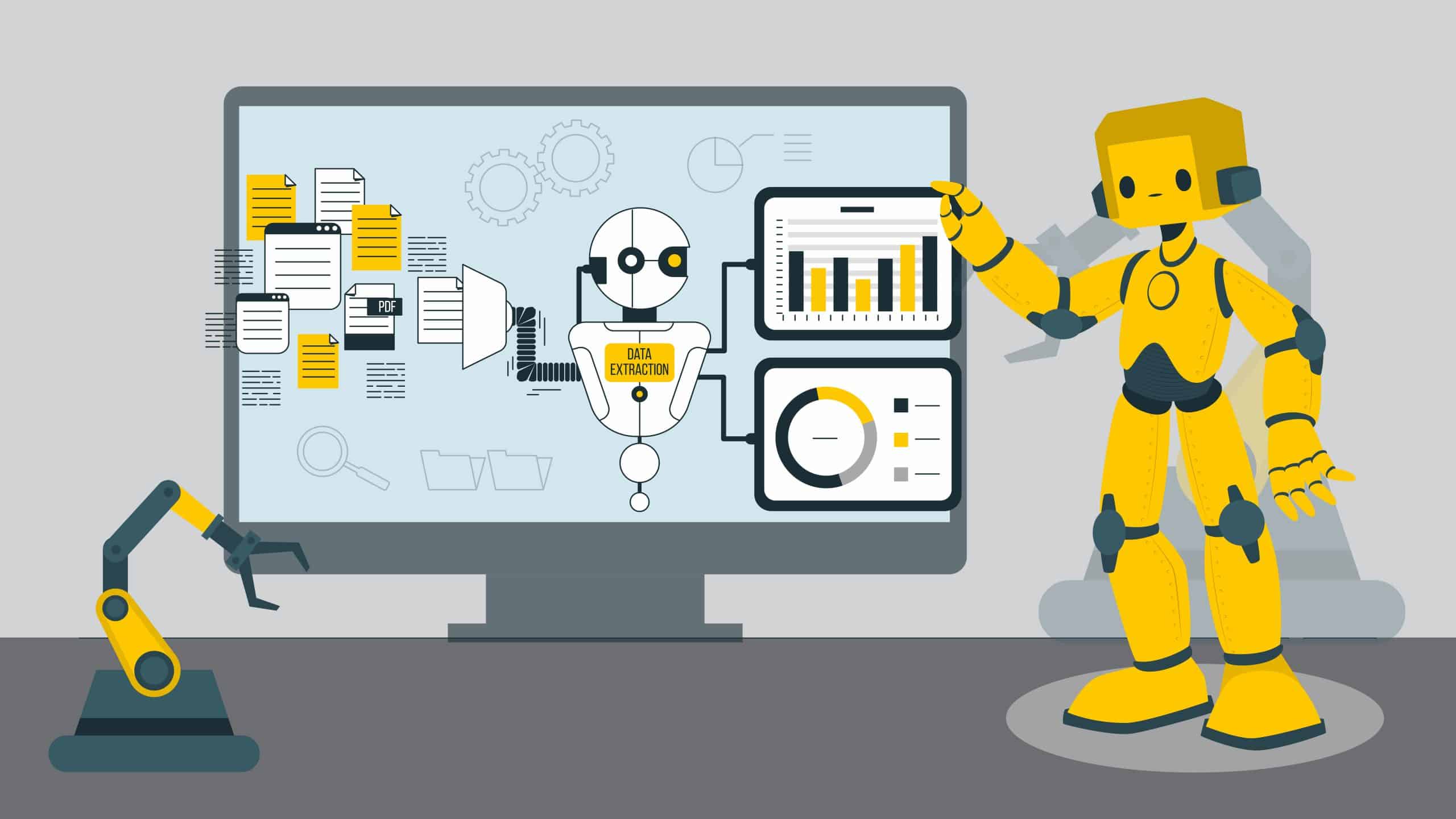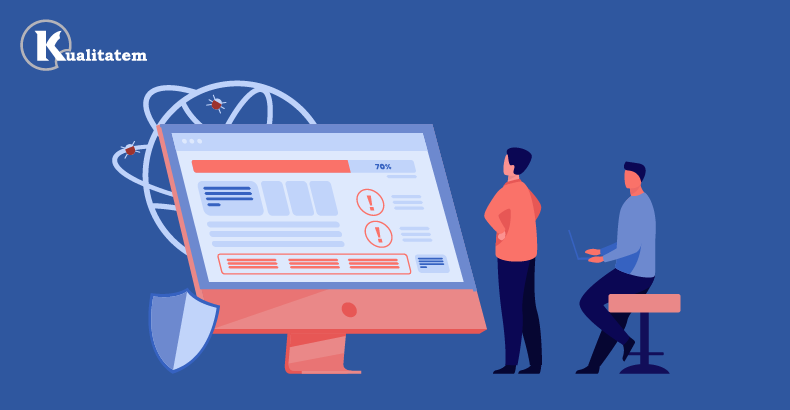Future Trends in Automation Testing Services

- June 5, 2023
- admin
The Evolution of Infrastructure Automation and Testing Services
In software development and quality assurance, automation plays a crucial role in ensuring software applications function as intended and deliver an optimal user experience. As technology advances, new tools and approaches emerge, helping teams improve efficiency, accuracy, and reliability in their processes.
This article explores the importance of automated testing, its role in modern development, and trends shaping its future.
What Is Automation Testing?
Automation refers to the use of specialized tools and frameworks to execute predefined checks and compare actual outcomes against expected results. This process helps achieve several key objectives:
- Reducing manual effort
- Speeding up execution
- Expanding test coverage
By automating checks, organizations can detect issues earlier in development, improving software quality while reducing both time and costs.
Why Automation is Crucial for Software Development
Automated services bring multiple advantages to the development process, including:
Increased Efficiency
Automated testing accelerates the execution of checks, allowing for faster releases and reducing testing cycle times.
Enhanced Accuracy
Unlike manual processes, automation ensures consistent, error-free results. Human testers are prone to overlooking scenarios or making mistakes, but automated tools reduce these risks.
Cost Savings
Automating repetitive tasks helps organizations save on labor costs, freeing up resources for more strategic activities.
Broader Coverage
Automated approaches allow for more extensive checks in a shorter period, ensuring comprehensive validation across a wide range of scenarios.
Trends in Automation testing
As automated processes evolve, several key trends are reshaping the way organizations approach validation. Here are some of the most significant:
Test Automation Frameworks
Organizations are increasingly adopting robust frameworks that enable modular, reusable components. These frameworks streamline the process, making it easier to build and maintain automated checks.
Agile and DevOps Integration
Incorporating automated checks into Agile and DevOps practices facilitates continuous feedback and rapid iterations, ensuring that defects are caught early.
Cloud-Based Infrastructure
Cloud computing enables distributed execution of tests across different environments, allowing for more scalable and flexible approaches to automated validation.
Cross-Platform testing
As devices and browsers multiply, ensuring compatibility across various platforms is becoming more critical. Automation tools are designed to verify functionality and performance on different operating systems and devices.
Emerging Trends in Automation for the Future
Looking ahead, several advancements promise to transform the landscape of automated validation:
AI and Machine Learning
Artificial Intelligence (AI) is beginning to play a major role in automation by analyzing complex data sets, predicting potential failure points, and enhancing overall test coverage. Machine learning algorithms can also learn from test outcomes, enabling smarter, more efficient validation processes.
Continuous testing
This approach integrates checks directly into the software delivery pipeline, offering rapid feedback throughout the development process. Continuous validation helps ensure that defects are detected early, keeping the application at a high quality throughout the lifecycle.
Mobile Application testing
With mobile apps becoming more integral to our daily lives, automating validation for mobile platforms is increasingly important. Specialized tools help ensure that apps function seamlessly across a variety of devices and operating systems.
Robotic Process Automation (RPA)
RPA is now being used to automate repetitive tasks like data entry, report generation, and other mundane activities within the validation process. By offloading these tasks to robots, human testers can focus on more critical aspects of software validation.
Shift-Left Testing
Shift-left testing involves moving validation activities earlier in the development cycle. By engaging testers from the outset, teams can identify and resolve issues before they snowball, ultimately reducing the time and costs of later-stage remediation.
Test Data Management
Effective management of test data is essential for accurate results. Future trends emphasize techniques like data generation, masking, and virtualization to ensure that valid and relevant data is available when needed.
Test Environment Automation
Managing test environments (hardware, software, and network configurations) is increasingly automated. This allows for on-demand creation of environments tailored to specific needs, ensuring scalable and reproducible validation processes.
Performance and Scalability Checks
As software grows in complexity, performance validation becomes more critical. Automated testing is evolving to handle large-scale simulations, identifying bottlenecks and ensuring optimal application performance.
IoT Testing
The rapid growth of the Internet of Things (IoT) means that validation must ensure connectivity, compatibility, and security across a wide range of devices. Automation is increasingly being used to test IoT environments, ensuring seamless interaction between interconnected devices.
Final Thoughts
Automation has come a long way and continues to evolve in the software development lifecycle. The incorporation of AI, continuous validation, and tools for mobile and IoT testing promises to revolutionize how applications are validated. By embracing these trends, organizations can enhance their processes, delivering higher-quality products faster and more efficiently.
The future holds exciting possibilities for the field of automated validation. By staying informed about the latest developments and leveraging innovative tools and techniques, businesses can ensure their software meets the growing demands of today’s digital landscape.











